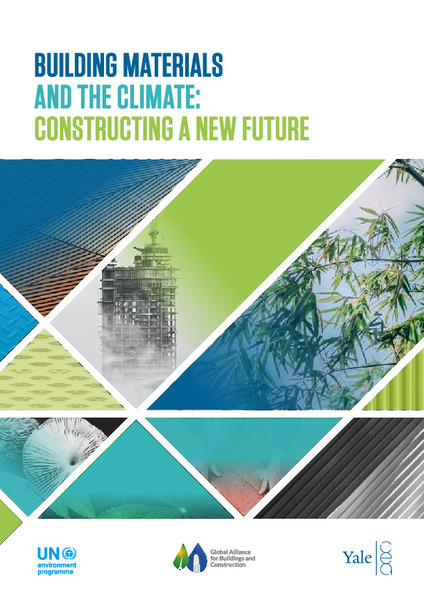| dc.contributor | Industry and Economy Division | en_US |
| dc.contributor.author | United Nations Environment Programme | en_US |
| dc.contributor.author | Yale Center for Ecosystems + Architecture | en_US |
| dc.contributor.other | Dyson, Anna | en_US |
| dc.contributor.other | Keena, Naomi | en_US |
| dc.contributor.other | Lokko, Mae-ling | en_US |
| dc.contributor.other | Reck, Barbara K. | en_US |
| dc.contributor.other | Ciardullo, Christina | en_US |
| dc.contributor.other | Duwyn, Jonathan | en_US |
| dc.contributor.other | Loran, Sophie | en_US |
| dc.contributor.other | Mohammed, Mona | en_US |
| dc.contributor.other | Etman, Mohamed Aly | en_US |
| dc.contributor.other | Wildman, Hind | en_US |
| dc.contributor.other | Manu, Frederick Wireko | en_US |
| dc.contributor.other | Acevedo-De-los-Ríos, Alejandra | en_US |
| dc.contributor.other | Raugei, Marco | en_US |
| dc.contributor.other | Puurunen, Eero | en_US |
| dc.contributor.other | Mboup, Nzinga | en_US |
| dc.contributor.other | Niang, Ibrahim | en_US |
| dc.contributor.other | Rondinel-Oviedo, Daniel R. | en_US |
| dc.contributor.other | Sarmiento-Pastor, Jaime M. | en_US |
| dc.contributor.other | Lira-Chirif, Andrés M. | en_US |
| dc.contributor.other | Iyer, Aishwarya | en_US |
| dc.contributor.other | Yao, Yuan | en_US |
| dc.contributor.other | Achnani, Vicky | en_US |
| dc.coverage.spatial | Global | en_US |
| dc.date.accessioned | 2023-09-11T09:15:12Z | |
| dc.date.available | 2023-09-11T09:15:12Z | |
| dc.date.issued | 2023-09 | |
| dc.identifier.isbn | 978-92-807-4064-6 | en_US |
| dc.identifier.other | DTI/2563/PA | en_US |
| dc.identifier.uri | https://wedocs.unep.org/20.500.11822/43293 | |
| dc.description | This report highlights the urgent need to develop new models for cooperation on the decarbonisation of building materials, if the world is to reach its goals for net zero emissions from the built environment sector by the mid-century. It focuses on three urgent pathways that must be facilitated by supporting stakeholders across the lifecycle of the built environment sector in order to decarbonise: i) AVOID extraction and production of raw materials by galvanising a circular economy; ii) SHIFT to regenerative material practices wherever possible by using ethically produced low carbon earth- and bio-based building materials whenever possible; and iii) IMPROVE methods to radically decarbonise conventional materials. | en_US |
| dc.format | pdf | en_US |
| dc.language | English | en_US |
| dc.publisher | United Nations Environment Programme | en_US |
| dc.rights | Public | en_US |
| dc.subject | life cycle | en_US |
| dc.subject | carbon emission | en_US |
| dc.subject | building | en_US |
| dc.title | Building Materials and the Climate: Constructing a New Future | en_US |
| dc.type | Publications | en_US |
| dc.type | Reports, Books and Booklets | en_US |
| wd.topics | Climate Action | en_US |
| wd.topics | Finance and Economic Transformations | en_US |
| wd.identifier.doi | https://doi.org/10.59117/20.500.11822/43293 | |


